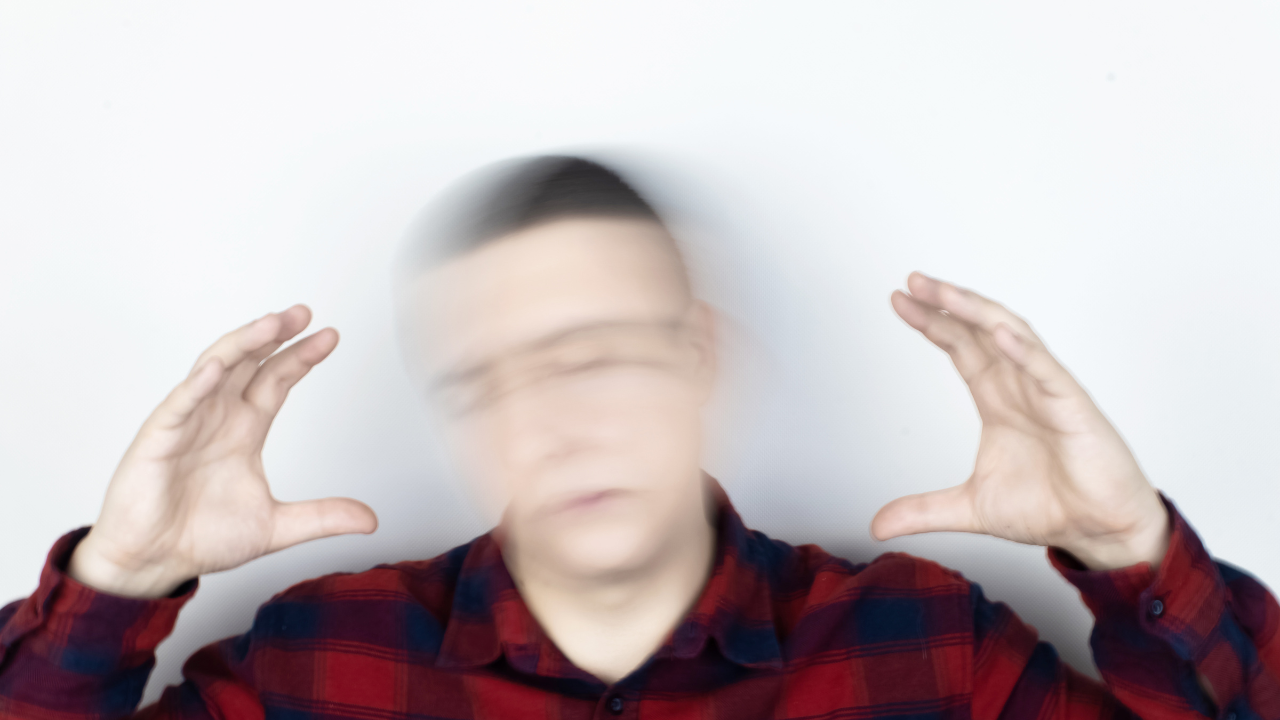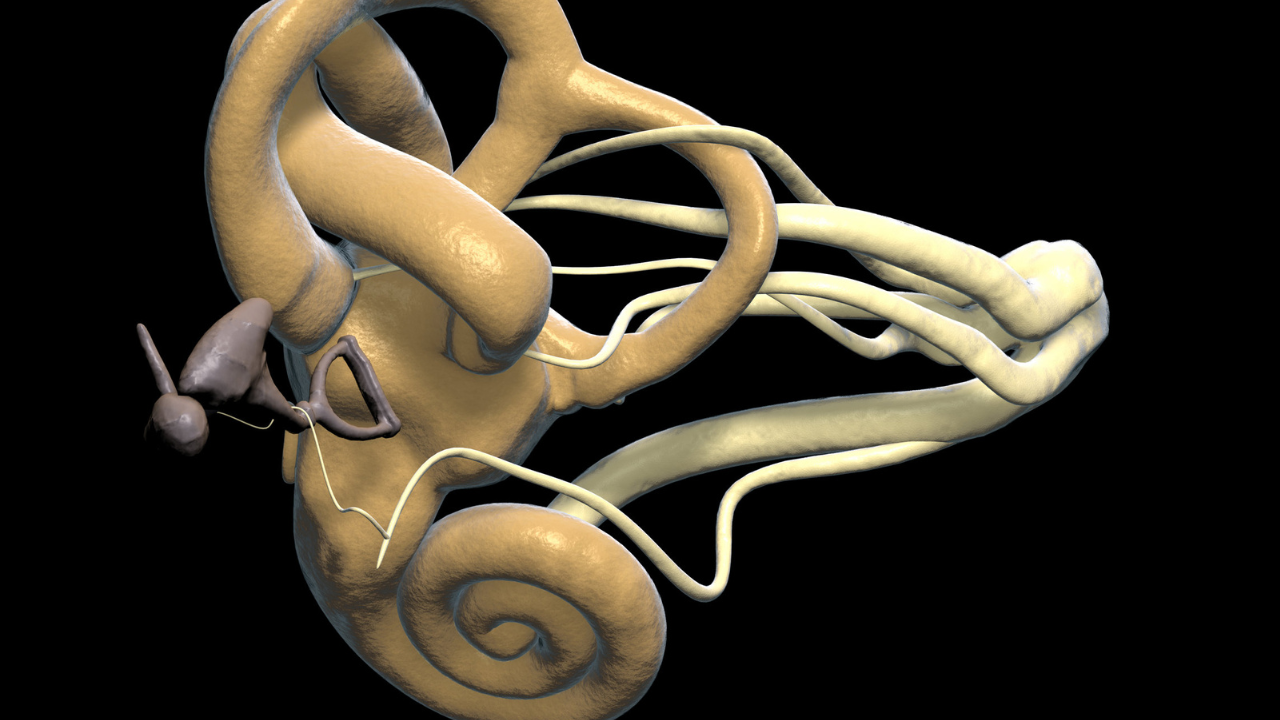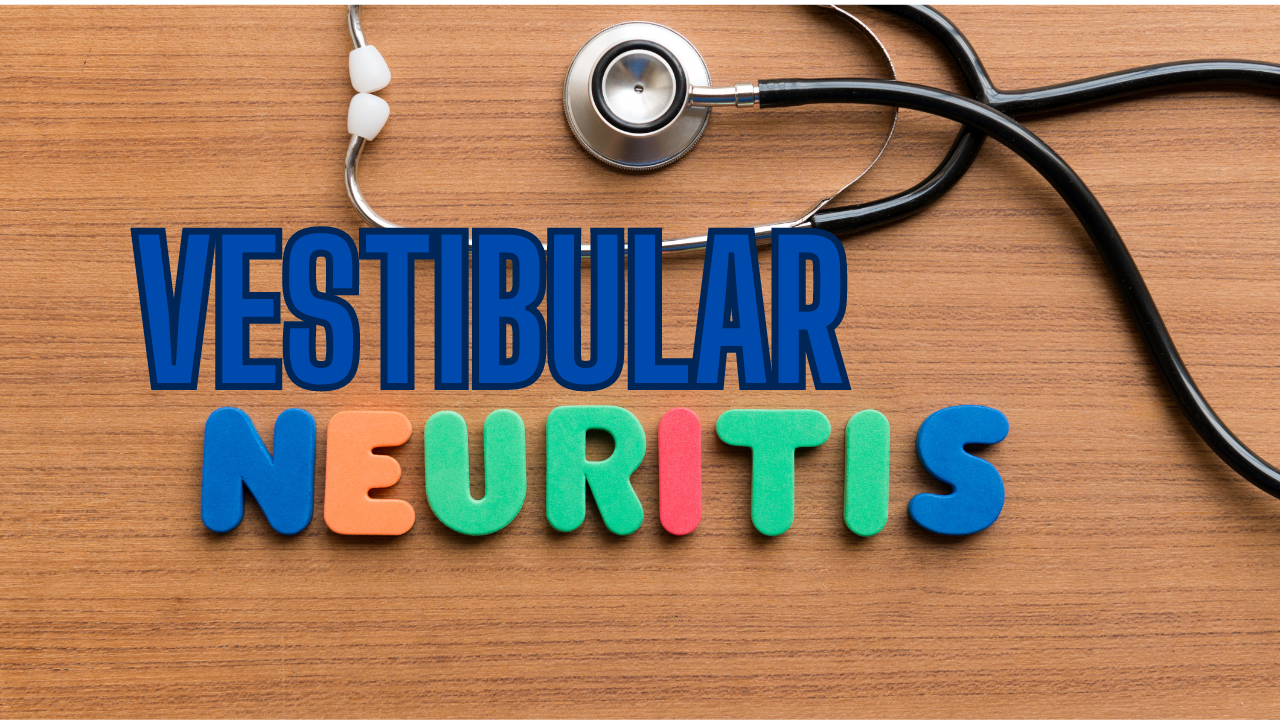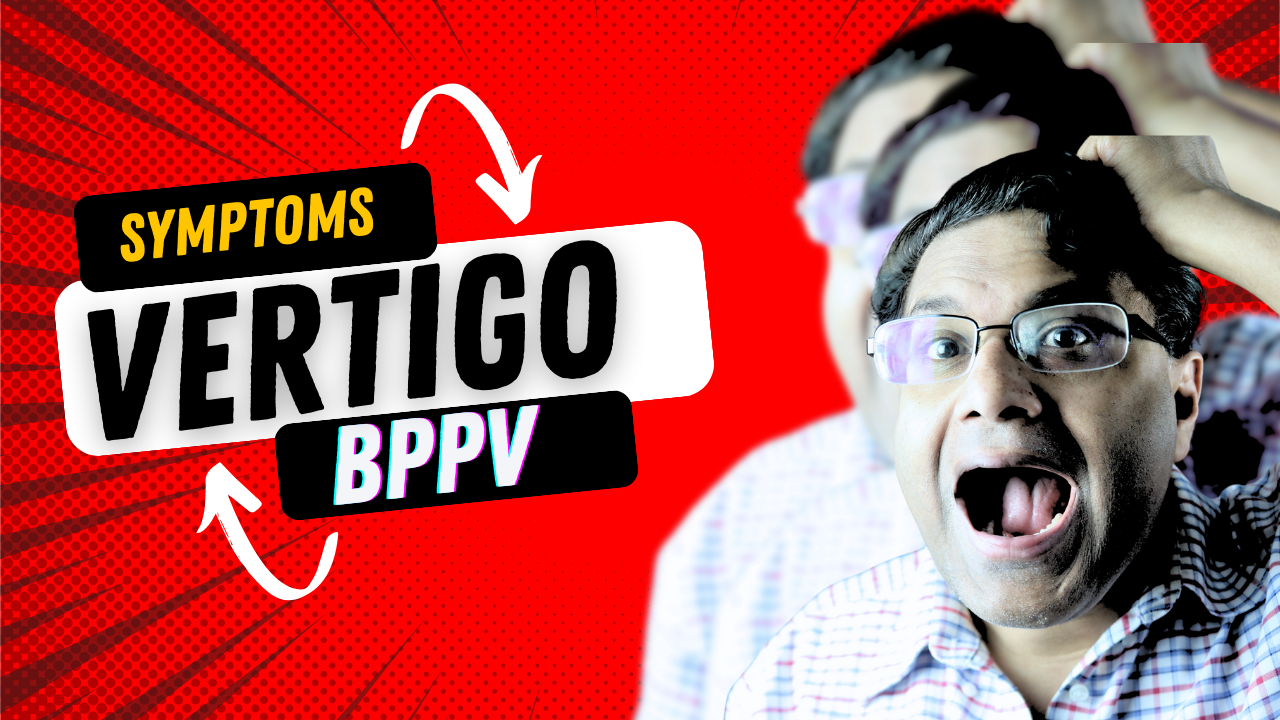Dizziness, it’s a sensation that can be challenging to describe. Imagine feeling like you’re spinning, swaying, or tilting, even when you’re standing still. That’s what we call “vertigo.” In this article, we’re going to explore the world of vertigo, what it is, its symptoms, and its common causes. We’ll also dive into the available treatments. So, if you’ve ever experienced that unsettling feeling of vertigo, or if you’re just curious to learn more, you’re in the right place.

Symptoms of Vertigo:
Let’s start by understanding the symptoms of vertigo. If you have vertigo, you might feel like you’re spinning, tilting, or swaying. These sensations can be intermittent, lasting from seconds to hours or even days. You might also experience nausea, vomiting, headaches, and sensitivity to light and noise. In some cases, vertigo can lead to double vision, difficulty speaking, and weakness. If you’re curious whether you have vertigo, it’s crucial to pay attention to these symptoms. They can provide valuable clues for diagnosis.
Common Causes of Vertigo ?
Now, let’s explore the common causes of vertigo.
One of the frequent culprits is “Benign Paroxysmal Positional Vertigo,” or BPPV. This condition occurs due to misplaced calcium collections in the inner ear, leading to brief episodes of vertigo. These are often triggered by head movements. BPPV typically resolves on its own but can be effectively treated through the Epley maneuver, a procedure performed by healthcare professionals.
How does this maneuver work and how does it help?

The Epley maneuver it’s like a special trick for fixing dizziness. Sometimes these calcium deposits in your ear get stuck and make you feel like you’re spinning when you’re not.A health care professional can help by moving your head in a certain way to unstick these calcium deposits. And in this way, you are dizziness can be fixed.
Another condition, “Meniere’s disease,” is a chronic issue related to fluid buildup in the inner ear. It almost feels like a water balloon getting too full.
When this happens, you might experience sudden dizziness where it feels like you’re on a spinning amusement park ride. Plus your ear can act up causing hearing loss ringing sounds or feeling of fullness. Episodes can be severe, lasting minutes to hours, and are often accompanied by nausea and vomiting. Though Meniere’s is lifelong, treatments can effectively manage symptoms in most cases.

“Vestibular neuritis,” often known as labyrinthitis, is linked to a viral infection causing inflammation around the balance-maintaining nerve. In this disease a sneaky virus messes with your balance system in your inner ear it can make you feel like you’re spinning, having trouble standing and feel a bit sick. You might have symptoms such as sudden vertigo, nausea, vomiting, and difficulties walking. The good news is your body can fight off the virus and things can go back to normal. It’s like a temporary blip caused by the virus.
“Vestibular migraine” is another cause of vertigo. So, a vestibular migraine is like a double-trouble headache. You see, it’s not just about the pounding head pain; it also messes with your balance and makes you feel dizzy. Imagine having a regular migraine with a headache, and then add in some extra special effects. You might suddenly feel like you’re on a spinning carnival ride, get nauseous, or have trouble standing up straight. The tricky part is that these symptoms can come and go, making it all feel a bit like a rollercoaster ride. But the good news is that there are treatments and strategies to help manage these symptoms.
There are many other causes for vertigo. For example, vertigo can be triggered by head injuries, specific medications, brain-related issues like strokes or multiple sclerosis, and more. It’s important to recognize that each of these causes requires distinct approaches to diagnosis and management.
When should you seek help for vertigo?
Well, if you experience vertigo alongside concerning symptoms like a severe headache, fever, double vision, trouble speaking or hearing, weakness, or any difficulty walking, you should seek immediate medical attention. These signs may indicate potentially serious issues.
Moreover, if you’re an older adult (aged 60 or above), have a history of stroke, or have risk factors for stroke, it’s advisable to consult a healthcare professional if your vertigo persists for several minutes or more.
For those who experience intermittent vertigo without these serious symptoms, it’s still crucial to make an appointment with your healthcare provider. During the visit, they will perform a physical examination and inquire about your symptoms and medical history. This includes checking your eyes, balance and gait, and hearing.
Let’s talk about vertigo treatment. In most cases, vertigo is bothersome but not indicative of a severe problem. The goal of treatment is to address the underlying cause (if known), relieve symptoms, and aid in recovery.
Disease-specific treatment is recommended when the cause of vertigo is identified. It may involve medications, procedures, or lifestyle adjustments tailored to the underlying condition.
For instance, BPPV can be effectively treated with the Epley maneuver, while Meniere’s disease often benefits from nonsurgical treatments.
Relief from vertigo symptoms:

If you experience severe or prolonged vertigo episodes, your doctor might recommend medication to relieve the associated symptoms, like vomiting. Medications can include antihistamines, anti nausea drugs, or sedatives. However, these should be used cautiously, as they can make you drowsy.
Vestibular rehabilitation is a valuable approach to recovery. It helps your brain adapt to changes in the vestibular system, potentially speeding up your healing process. This therapy typically involves exercises that can be practiced at home. Keep in mind that staying still for too long can hinder your long-term recovery.
If you’ve reached this far in the article congratulations, I just got into some detail about treatment strategies for benign paroxysmal positional Vertigo.
#1One of them is the Epley maneuver. I’ve already mentioned this earlier in the video and this is a set of special head movements that help fix the trouble in your inner ear. It’s like a real-life puzzle game when you move your head in specific ways it makes these tiny particles in your ear which are causing dizziness go back to where they should be.
#2 The Semont maneuver is similar to the Epley maneuver, and you do specific head and body movements to kick these pesky particles out of your inner ear.
#3 Brandt-Daroff Exercises: are exercises you can do at home to help your body get used to fake signals your inner ear is sending.
Your healthcare provider might put you on medications to alleviate your symptoms however you should know that these medications are more commonly used for symptoms such as nausea and dizziness rather than treating the very condition itself. The medications are there for symptom management.
And the other thing you can do for yourself at home is to make sure that you make changes to your home environment that can help reduce the risk of injury during Vertigo episodes. For instance, you can remove loose rugs, declutter the areas where you move around a lot, install hand rails.
If you’re interested in the YT video just click right here.
Think your Health!
Sources:
https://moveempowerpt.com/does-vestibular-therapy-really-work-heres-what-to-know/
https://my.clevelandclinic.org/health/treatments/17930-canalith-repositioning-procedure-crp





